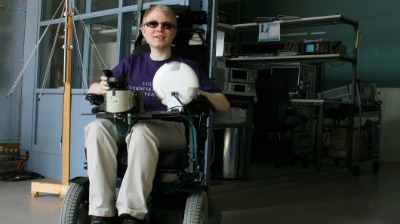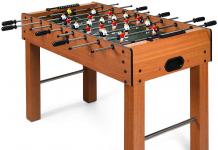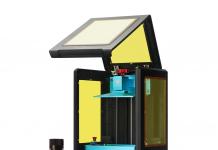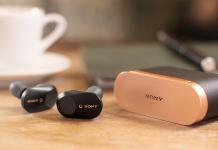Imagine living your whole life in the dark. Now imagine you don’t want to let that mean you are at other people’s mercy.
A new wheelchair that technicians and researchers at Luleå University in Sweden have created goes a long way in helping blind wheelchair bound people get around without others’ aid. What could honestly be the biggest advancement in this particular field since the long white stick was first implemented (no joke), this particular chair has sensors that allow it to help the blind user “feel” their way around any environment.
The electric wheelchair uses a navigational laser sweeps the area that the chair is heading into and then sends back a 3D picture of sorts to a haptic interface, making it possible for the person using the chair to “feel” when obstacles are close. With this level of warning the visually impaired user can then steer the chair around the obstacles and safely go about their business.
The first test run of this new technology was undertaken by one of the prospective PHD students that worked on the chair, Daniel Innala Ahlmark who happens to be visually impaired. After the initial run he commented that he felt as safe using the new tech as he does with his white cane. The rest of the team working on the project is assistant professor Håkan Fredriksson and PhD student Fredrik Broström who admit that while this is a great leap forward there is still progress to be made. One drawback of the chair so far is that the laser scanning system cannot (for the moment) register obstacles that are above or below the laser. The team says that they are currently working on creating a multilevel laser system that would present more of a 3D interface for the user.
Combine this project with the recent other advances in electronic wheelchairs such as the one that can respond to voice commands and Braille credit cards for the blind and it becomes pretty clear that technology is coming that will make life easier for the visually impaired and the otherwise handicapped.











